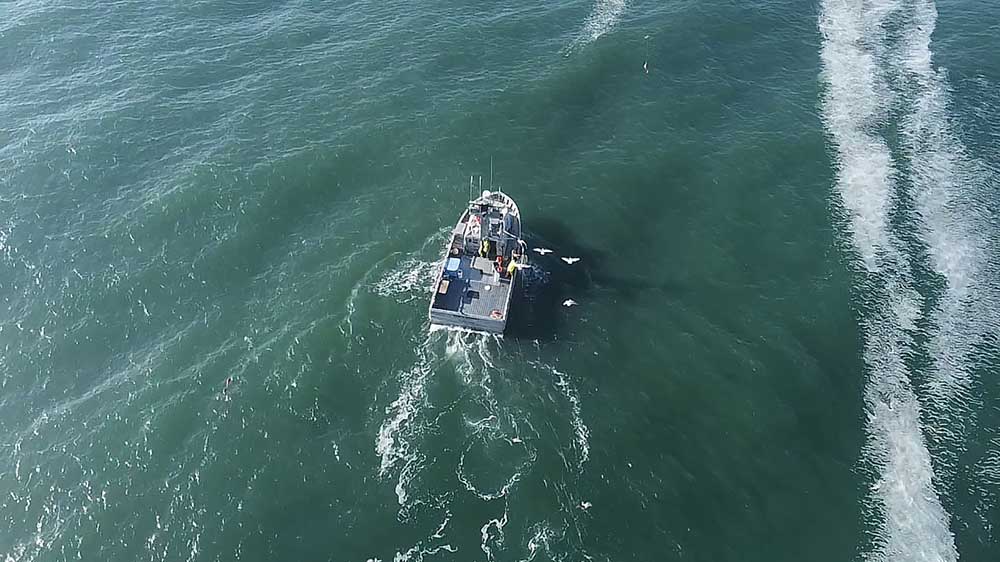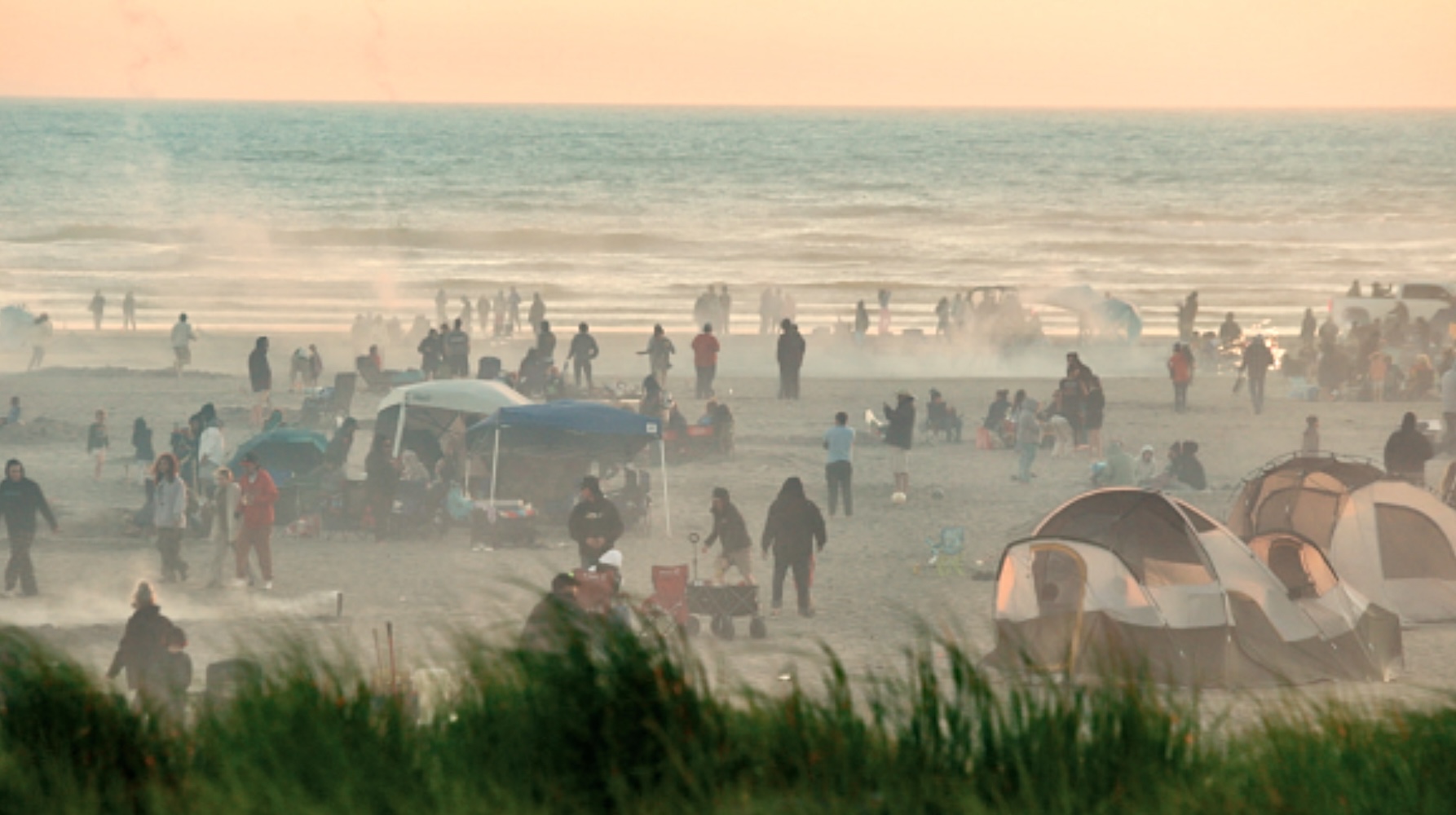Commentary: Serious on-the-job injuries drop in WA, but number is still too high
Published 4:22 pm Monday, September 2, 2024

- Although construction accounts for many more industrial accidents, commercial fishing is among the nation’s most hazardous occupations per person.
No one should have to trade their health for their work. In 2023, 579 Washington workers were hospitalized after getting hurt on the job. No question, that number is too high.
It’s also the lowest it’s been in the last decade.
As we celebrated workers this Labor Day holiday, there’s reason to be optimistic about the headway we’re making around worker safety. Still, these numbers show that on average, not a day goes by without someone in our state being hospitalized immediately after getting hurt at work, so there’s clearly much more to do.
The Washington State Department of Industries uses hospital discharge and workers’ compensation claim data to understand how many people are hospitalized from work injuries, how they were hurt and what industries are showing up most often.
Understandably, L&I spends a lot of time focused on often devastating individual stories involving people who are hurt or killed on the job. When a high school student loses his legs to a trencher he never should have been using, or a farmworker who is too intimidated to speak up gets buried alive in a trench collapse, it touches each of us on an individual, emotional level. Could that have been my husband? My wife? Our child or our parent?
When a high school student loses his legs to a trencher he never should have been using, or a farmworker who is too intimidated to speak up gets buried alive in a trench collapse, it touches each of us on an individual, emotional level.
Those stories are heart-wrenching, and often show specific lapses in safety training and practices. Combined with data, they highlight problem areas and educate employers and workers on how to prevent them from happening again.
The numbers show how far we’ve come. In 2014, there were 700 hospitalizations from job-related injuries. That went up in 2015, peaking at 775. Thankfully, since 2017, the number of injuries on the job serious enough to require inpatient hospital care has dropped every single year. It took five years to dip below 700, with 646 injuries in 2019. It took only two more years to go below 600, with 595 serious injuries in 2021.
It’s not just the overall number of injuries — the rate of injuries per 100,000 workers is dropping, too, which means this is a real change and not just a reflection of changes in the workforce because of COVID-19. At the 2015 peak, there were 31 hospitalizations for every 100,000 workers in the state. Last year: 20.3. That’s a drop of more than 30%.
There are lessons in the data. By far the most common industry for injuries requiring immediate hospitalization is construction, where workers are hospitalized at three times the average rate. Agriculture, transportation and warehouse work also see workers hospitalized at more than double the overall state rate.
L&I uses the data and these workers’ stories to focus on specific industries with the highest injury rates. The knowledge of these tragedies, combined with information on specific ways to prevent similar incidents, can make a real difference.
Of course, it takes employers and workers committed to safety, along with attention, information, consultation and enforcement. Together, we are all helping drive down these work-related hospitalization numbers.
In construction, that means putting a magnifying glass on how falls from height happen, and how fall protection can help prevent those needless injuries. In manufacturing, we’re providing expert analysis on how workers get caught in or crushed by machinery on the job, and what types of machines present the greatest hazard.
We will also continue to tell the stories of workers whose injuries on the job changed their lives and the lives of their loved ones. Workers like Russ Youngstrum, who is in a wheelchair for life after a fall from the outside of a paper mill he was power-washing. And José Antonio Vera Álvarez, the farmworker who was buried alive for 10 minutes by a trench collapse.
Moving from 775 workers hospitalized to 579 is not the end of our journey. It is a milestone on the road to zero. We won’t stop working until we get there.









